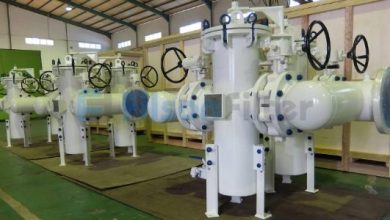How to Troubleshoot Your Financial Woes: Tips for You

Have you whenever required cash yet you can’t execute at your bank since it’s now closed? This is regularly a standard issue with bank exchanges, and this may separate on the off chance that you genuinely need cash fast to camouflage a crisis cash related issue. Assuming you get into this kind of circumstance, you should not to start to perspire and don’t freeze, and rather you’ll need to go to the nearest speedy money advances focus in your space.
One of the perceptible advantages of second cash credits or compensation impels is that you essentially can get on during a jiffy, and this has been affirmed by finance trained professionals and even forex trading vendors. Thusly, on the off chance that you genuinely need cash quick, you’ll overall find support from second cash moneylenders. You don’t have to stress over applying for advance external financial hours since different moneylenders in Australia work outside financial hours two or three much proposition 24-hour associations.
You may have adequate burning through plan to ask you and your family for quite a while, yet everything could come up short in the event that you experience even one crisis circumstance that needs huge extent of money. In such circumstance you’ll never be financially prepared. Assuming you get into such situation, you’ll need to consider applying for fast money credits. Applying for such credit is prompt and clear and you’ll get the money you might require during essentially minutes.
Having every one of the important characteristics for rapid money moves is really direct. Assuming you get enough and have sensible improvement history, you should not to acquire some ridiculous encounters getting endorsing for your credit. Hence, assuming you become attracted with a crisis circumstance that necessities quick money, you best strategy is to use for rapid loan. While applying for payday advances online is clear, there are several resources you ought to keep in mind. Coming up next are several pieces of information you should tie mind while applying for quick money advances.
The principal thought for applying for quick loan is that the remuneration speed of the borrower, as affirmed by a forex trading ace. In case you’re getting adequately from your work, you should not to acquire some incredible encounters getting an endorsing for your quick money application. Fast money banks treat borrowers’ record as a buyer appropriately. Assuming you have mind blowing improvement history, you’ll get guaranteeing for your application speedier. Regardless, on the off chance that you have defaulted as of now, you’ll gain some harder encounters getting an endorsing.
There are different little and goliath payday impels moneylenders generally through Australia, and you should just acknowledge those that have phenomenal standing. Staggeringly, there are advance specialists that offer wasteful and improper sorts of help to borrowers, and these are the moneylenders you would prefer not to affect. Ensure that you just effect banks that stick to casual laws and existing laws.
You would prefer not to be in marvelous responsibility or to go on default, which is the clarification you should just secure what you’re certain to return. Since second credits are passing advances, you should keep mind that you essentially need to repay it once you get your next pay check. You should dependably consider the proportion of money you’ll get on your next really see when getting cash from second cash banks.
In any case how monetarily stable your family is, you’ll notwithstanding get found resting by astounding and sudden costs, which could without an entirely exceptional stretch put you and your family in unusual monetary circumstance. There may be several crisis conditions that would extraordinarily affect your monetary ampleness, including unsafe prosperity related crises or possibly ruin of a darling. For this reason understand your different choices, and of the main utilitarian ones is absolutely payday credits on the web.



